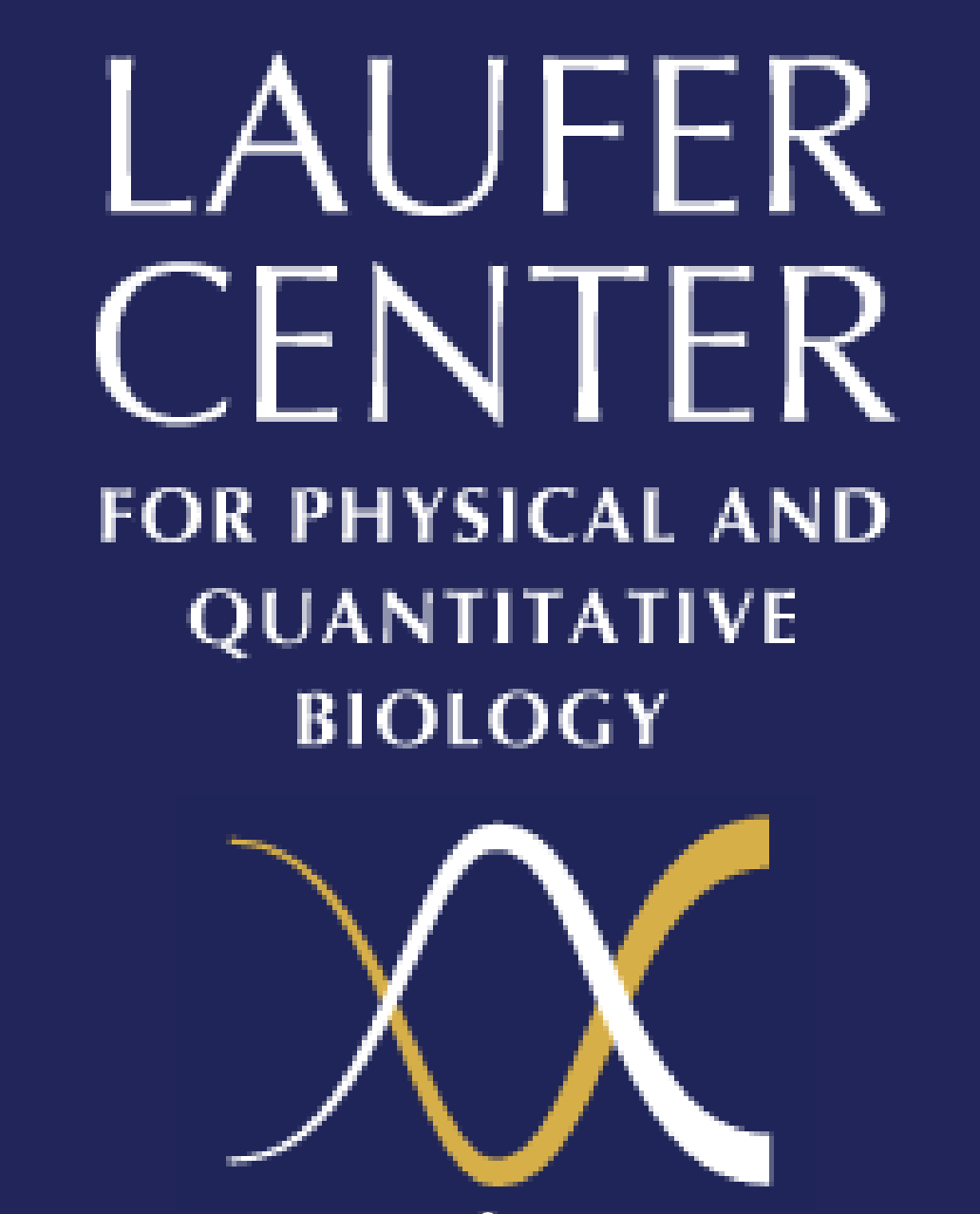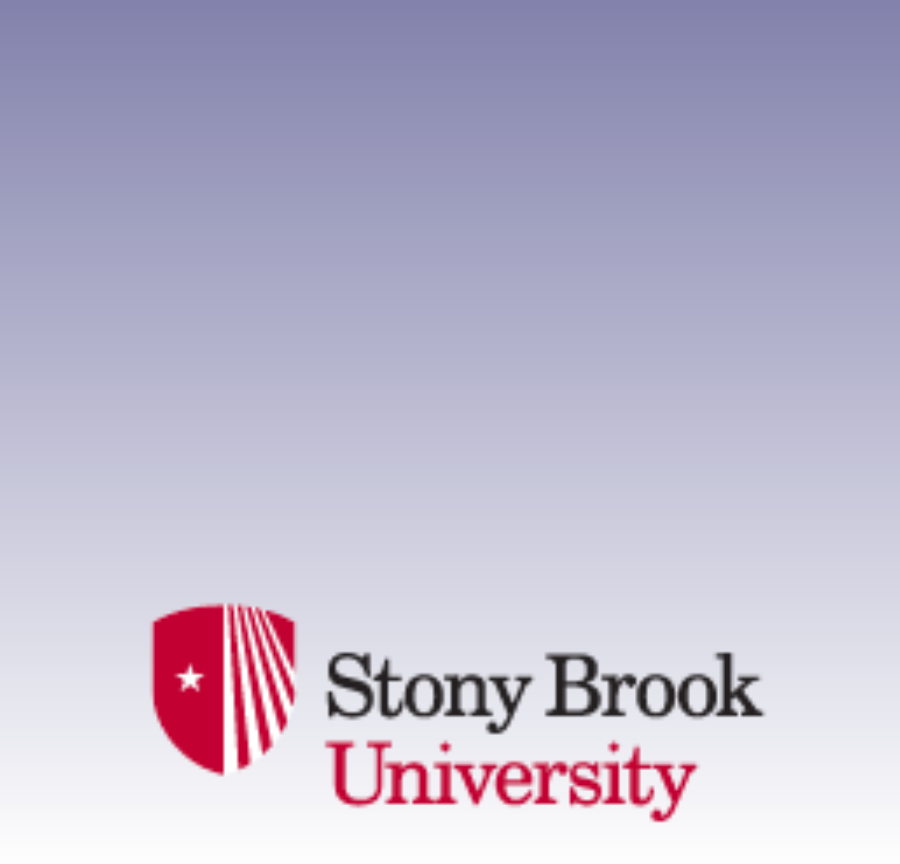Events Calendar
Seogjoo Jang
Friday, January 29, 2016, 02:30pm - 03:30pm
Hits : 2819
Contact Host: Jin Wang
Department of Chemistry and Biochemistry
Queens College and the Graduate Center
City University of New York (CUNY)
Photosynthetic organisms can achieve near perfect quantum efficiency under optimal condition. This is remarkable considering that electronic excitations should travel about 100 nm or larger distances through rugged, fragile, and dynamic membrane protein environments, which are realized by a wide range of structural motifs and arrangements of pigment-protein complexes in various photosynthetic organisms. However, key design principles enabling their superb light harvesting capability are not clearly understood at present. A representative example for this status of knowledge is the photosynthetic unit (PSU) of purple bacteria, which consists of only two types of antenna complexes called light harvesting 1 (LH1) and light harvesting 2 (LH2) with known crystal structures. Of these, the LH2 serves as the major initiator and carrier of the excitation energy and are known to have only specific sizes of 8-10 fold symmetries. Despite numerous experimental and theoretical studies on these complexes and a wealth of information gained from them, major molecular level factors determining these sizes and their relation to the energy carrying capability remain largely unknown. This talk reports results of comprehensive series of classical simulations and quantum calculations investigating these issues. Careful analyses of computational results demonstrate hidden effects of hydrogen bonding on controlling the disorder and on optimal sizes of LH2, and provide new insights into how natural systems control negative effects of disorder through interplay of structural factors and quantum mechanical delocalization effects. Implications of these results for the development of artificial biomimetic light harvesting complexes are discussed.
Learning design principles for efficient and robust light harvesting from purple bacteria
Location Laufer Center Lecture Hall 101


